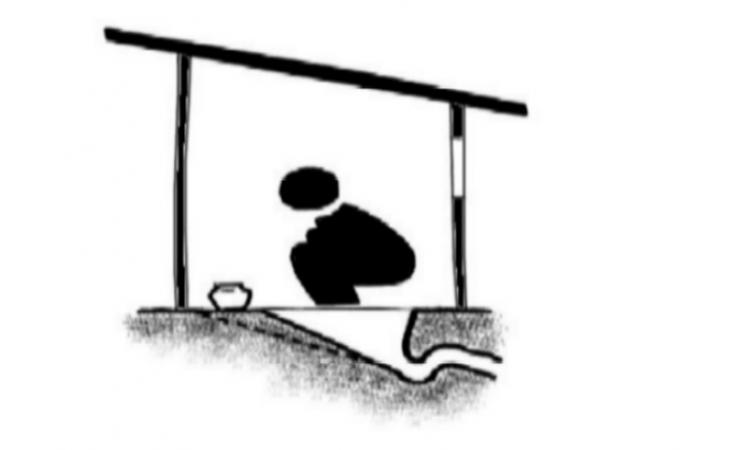
Despite India's rapid economic growth in recent decades, open defecation rates continue to be very high. This presents a unique puzzle for scholars of development because other regions where people are poorer, literacy rates lower, and drinking water more scarce, are better off that India when it comes to open defecation.
The working paper titled 'Understanding exceptionally poor sanitation in rural India: Purity, pollution & untouchability' by the Rice Institute, compares sanitation, drinking water access, GDP, poverty, and literacy in India with other developing regions in south Asia, sub-Saharan Africa, and south east Asia. The study has revealed that India leads these regions in terms of all these factors but performs worse with regards to open defecation. The paper argues that explanations for why rural open defecation rates are higher in India than in other developing regions cannot be explained based on differences in poverty, literacy rates, or water access. It is thus important to find out why so many people in rural India defecate in the open, rather than adopt the affordable latrines that have played a major role in reducing this in other developing countries.
The paper presents the findings of the study that draws on data from 100 in-depth, semi-structured qualitative interviews carried out among people in Valsad (Gujarat), Rewari (Haryana), Fatehpur (Uttar Pradesh), and Parsa (southern Nepal) to understand their sanitation behaviour and reasons for defecating in the open.
Findings of the study
- The roots of India's sanitation behaviour have to do with the cultural concepts of purity and pollution and ritual concepts of what is dirty and clean, and the caste system where people from the lower castes are seen as permanantly polluted and polluting others. More importantly, they are expected to do the menial jobs of cleaning human faeces.
- Latrines are viewed as ritually polluting, no matter how physically clean they are kept.
- Latrines with smaller pits, such as those recommended by the WHO and those provided by the government, are seen as polluting as they have to be emptied manually.
- People look upon government latrines as temporary, fake, or kaccha, a word that is used to describe something that is incomplete, inferior, or made from natural materials.
- Many people associate manual emptying of latrine pits with manual scavenging. In many places, demand for such labor exceeds supply and the few people who empty latrine pits command higher wages for doing these types of jobs than for other types of manual work.
- Rural Indians view open defecation as a natural and positive part of village life. Social rules dictate that adults and older children should not defecate near a temple, too close to someone's house, or in crops that are soon to be harvested. However, most other places are socially acceptable places to defecate.
- Men place greater stress on the benefits of open defecation than women and open defecation is seen as promoting masculinity such as strength and vigor. Among households that own a latrine, women are more likely to use available latrines than men, and young women are more likely to use latrines than older women.
- Under conditions such as the need to go out for defecation in the dark, young married women whose dignity is of particular concern and whose movement outside the home is restricted often find latrines highly useful. However, in households where young women defecate during daylight hours or in groups, women enjoy the social aspects and the freedom associated with going out of the house.
- An expensive latrine with a very large pit or septic tank is considered a useful asset. It is also convenient when someone has diarrhoea or needs to use it at night when it is difficult to walk far from the house or when there is an elderly or handicapped member in the house.
- Because latrines are most likely to be used by the household members with the least economic decision-making power such as elderly people, women and children, they are generally not considered as investment priorities and not everyday necessities, but occasional conveniences that only the wealthy can afford.
The paper ends by arguing that the Indian government has done little to try to change the meanings of latrine use and open defecation. Instead, rural sanitation policy focuses almost exclusively on constructing the kinds of latrines that villagers will not use.
Although economic growth may allow more rural Indian households to switch from open defecation to expensive latrines with large pits in the next several decades, open defecation still poses an important threat to health in rural India. Future research should focus on efforts made to promote changes in the meanings of latrine use and open defecation among rural Indians and on how far they have been successful in having a positive impact on public health.
Lead image source: Sourabh Phadke in CONRADIN, K., KROPAC, M., SPUHLER, D. (Eds.) (2010): The SSWM Toolbox. Basel: seecon international gmbh. URL: http://www.sswm.info
/articles/paradox-poor-sanitation-india